Engaging community members virtually
The COVID-19 pandemic has affected all aspects of our lives. We are compelled to restrict our travel and limit our face-to-face interactions as safety measures against COVID-19. These difficulties brought by the pandemic have made us perform things differently. In this blog I will share my experience on engaging community-level participants for one of the community-led studies HERD International has been implementing.
Currently HERD International is co-designing an education program on Anti-Microbial Resistance (AMR) that can be used in schools in Nepal. Co-design itself demands effective interactions with the participants. Since we don’t have any other option than to adapt to the new context created by COVID-19, we started the discussion on the possibility of initiating a workshop for community people. Although I was doubtful if we can conduct a virtual workshop with community people to co-design AMR materials, we moved forward. For this, we decided to first interact with the participants of our previous project titled Community Arts Against Antibiotic Resistance in Nepal (CARAN) project participants to exchange their ideas on community engagement approaches and their behavior in terms of antibiotic use and information that should be shared with children for AMR.
Engaging community based on a participatory approach itself is challenging even in a normal context. As I believe this needs strong coordination and considerable preparation to build trust and ensure meaningful community participation in the activities making them accountable. The current context of COVID 19 made us re-think the plan of engaging participants due to the difficulties to meet face to face. To avoid the risk of COVID-19, we decided to conduct the workshop virtually using an online platform. However, this was not easy because not all the participants were comfortable with the technology it involves. So was the access. When we explored, we knew that most of the children used the zoom platform for their online classes and households had someone familiar with the zoom app.
This stimulated our enthusiasm to turn our thinking into reality. Then, we initiated coordinating with community people to know their availability and interest in connecting with us virtually. During the process, we came to know that some of the participants were using the zoom app for their religious meeting, while it was new for most of them. We talked to the participants and they agreed to attend the workshop virtually. However, we were still unsure about their participation as it was a new experience for us. To prevent possible barriers, we did a trial meeting using zoom with all the participants before the actual workshop. Through this trial, we ensured that the participants are familiar with the basic features and comfortable joining the next workshop virtually. Even though, I thought it is going to be anxious for both the participants and us.
There were some reasons to make us anxious electricity cut, mobile network instability, internet disruption, and home environment such as distraction, use of smartphones are some common problems we face in our daily lives when it comes to virtual works. We were also worried about how comfortable the participants would be to be participative via the video call. However, we were lucky enough that we did not face any of these difficulties during our workshop.
All the participants were comfortable using Zoom. Some of them were very excited to be able to use zoom and learn new features such as mute, unmute, video, audio section, and recording option. I was amazed at their response as some of them even borrowed their family member’s smartphones just to participate in this workshop. This shows how interested they were to share their knowledge and experience.
All in all, engaging in community virtually was a new experience for me that remained successful than I had expected. However, I somewhere felt that face-to-face would have been lively and interactive as the participants were mostly quiet and concentrated in their videos. Though, I would like to conclude by saying, it is possible to engage community people through the online platform but we also need to be mindful to explore new methods of participatory approach to make these virtual discussions more interactive. Lastly, we practiced a virtual workshop in an urban community and with those people with who we have interacted before in another project. So, the scenario could be different in a rural community with limited or no use of smartphones and internet connection.
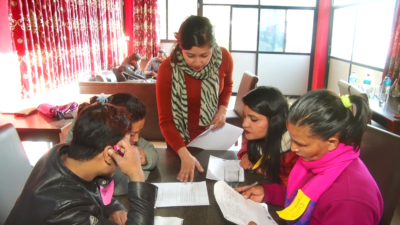

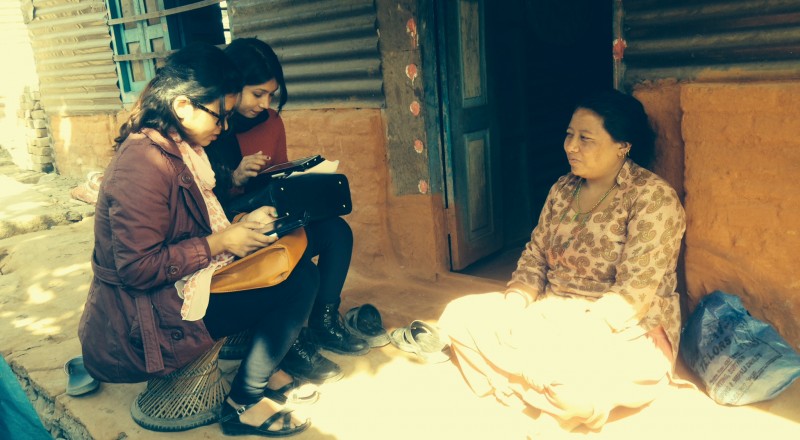


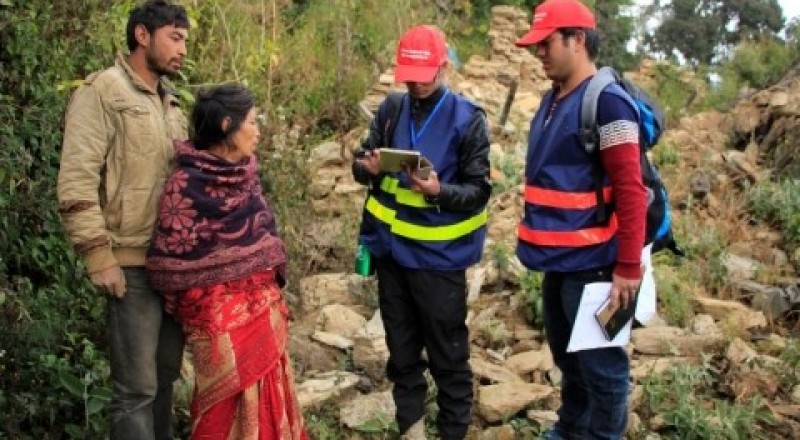

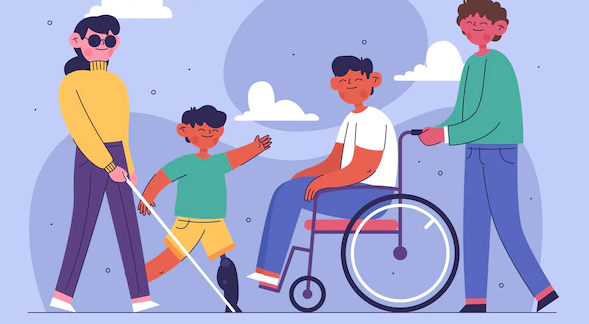

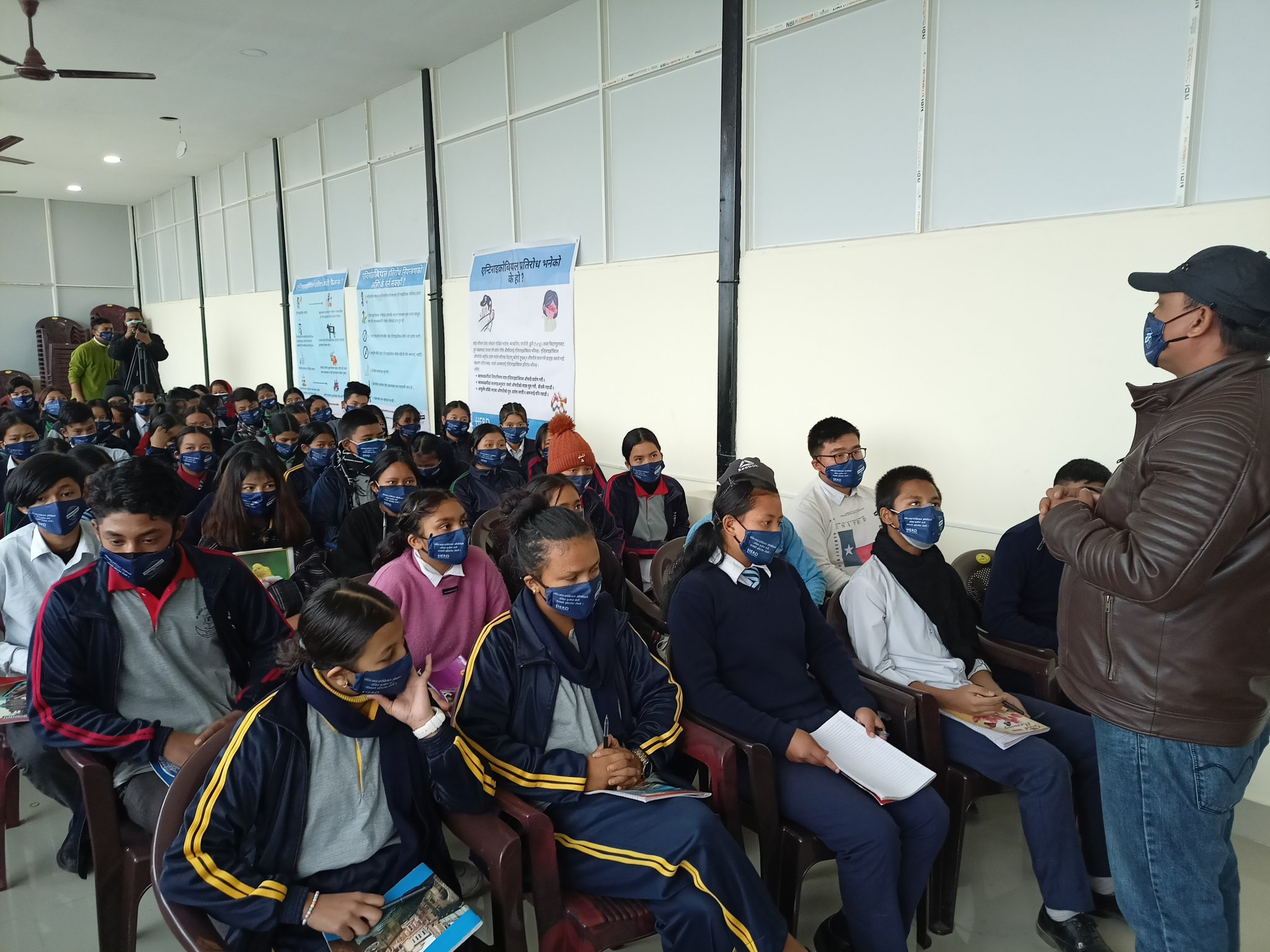
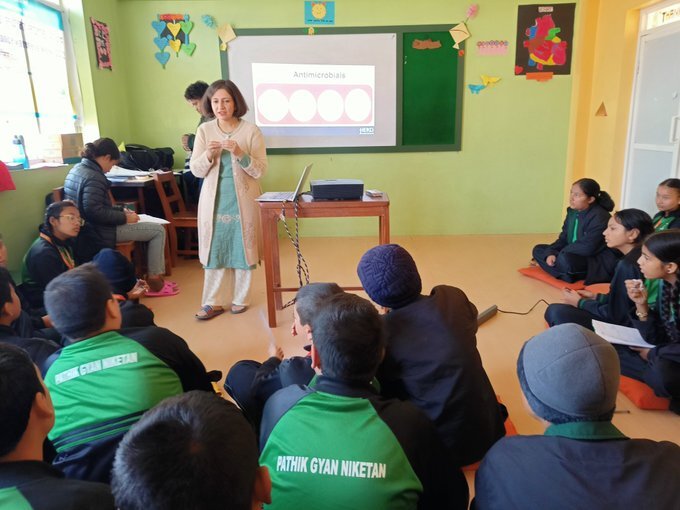
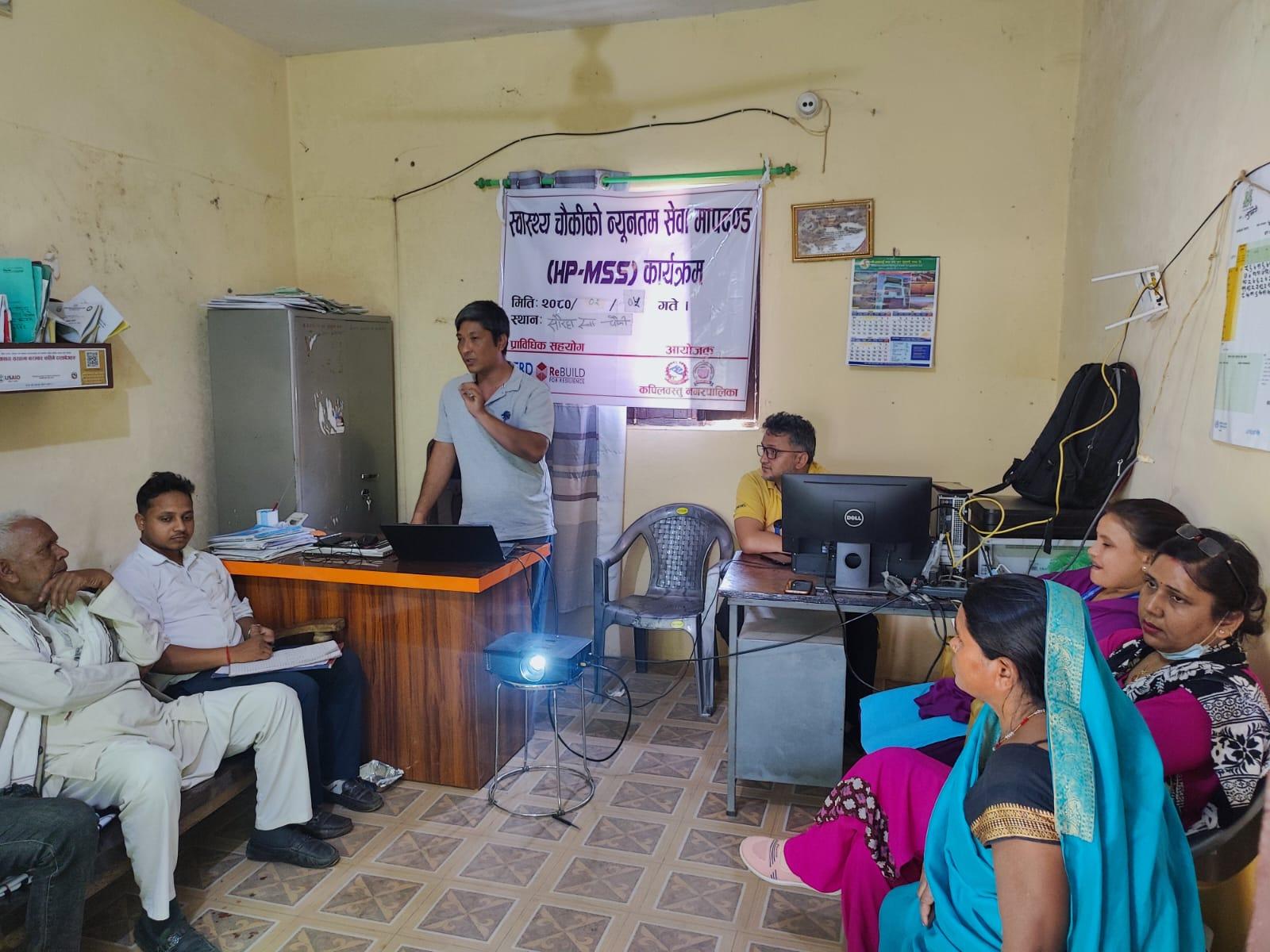
Comments (0)
No comments found.